Hello! Hello! Hello!
It's actually amazing to be here and have to join in this educative post about traditional agriculture brought about by @hive-118902.
What do you understand by Traditional Agriculture?
Traditional agriculture is a method of farming that is mostly practiced around the world. It is a practice that is over generations refined and developed based on culture, customs and ecological conditions.
Its practice is sustainable and rely on local resources and knowledge rather than inputs from industrial practices. Most characteristics of traditional agriculture are;
- It yields good produce while it's environmentally responsible (sustainability).
- Instead of machines and chemical fertilisers, it makes use of animal power and manures(low-input).
- Most traditional farms use complementary crops (diversity).
Mention those traditional/semi-modern agricultural tools and its uses.
Traditional/semi-modern agricultural tools are instruments used in making farming possible by reducing labor and improving effectiveness. These instruments are enormous but I'll mention few.
Spade: this is used for digging or removing soil or trash.
Plough: one of the most ancient implement used in agriculture is a plough. Its function is for cultivation of soil for sowing.
Sickle: this is one of the ancient handheld instruments used in agriculture for cutting weeds.
Axe: used for cutting big tree branches and Woods.
Weeder: this is a simple tool used by hands to either pull weeds from ground or cut weeds at their base.
- Bamboo sieve: this is used for separating grains from lighter chaffs and draining impurities.
What are those agricultural practices that you have come to see or practice?
Agricultural practices that I have come to see are;
irrigation, harvesting, crop rotation, sowing, weeding, dairy farming etc.
- Irrigation: this has been a great practice in ancient times and it has developed due to many cultures. This practice is done by applying certain amount of water to land to aid the growth of crops, lawns and landscape plants.
Harvesting: this usually marks the end of a growing season which is the final step in farming. This process collects plans and animals as food when its matured for consumption.
Crop rotation: here different crops are planted in a sequential way on the same piece of land to help improve soil health, compact pests and weed pressure, and also optimize soil nutrients.
Sowing: it is an important practicing agriculture that involves planting seeds into the soil. Here, high quality seeds are selected and planted into the soil in the right depth and distance apart.
Weeding: this is a process of taking out plants that are wanted from the field. It is an effective pre-harvesting method of protecting and managing crops.
- Diary farming: in this farming, there is practice of livestock raising for the sole purpose of milk production well focusing on managing the animals health.
I would like to invite @yuddie, @saintpaul17, and @saintkelvin17 to join this contest.
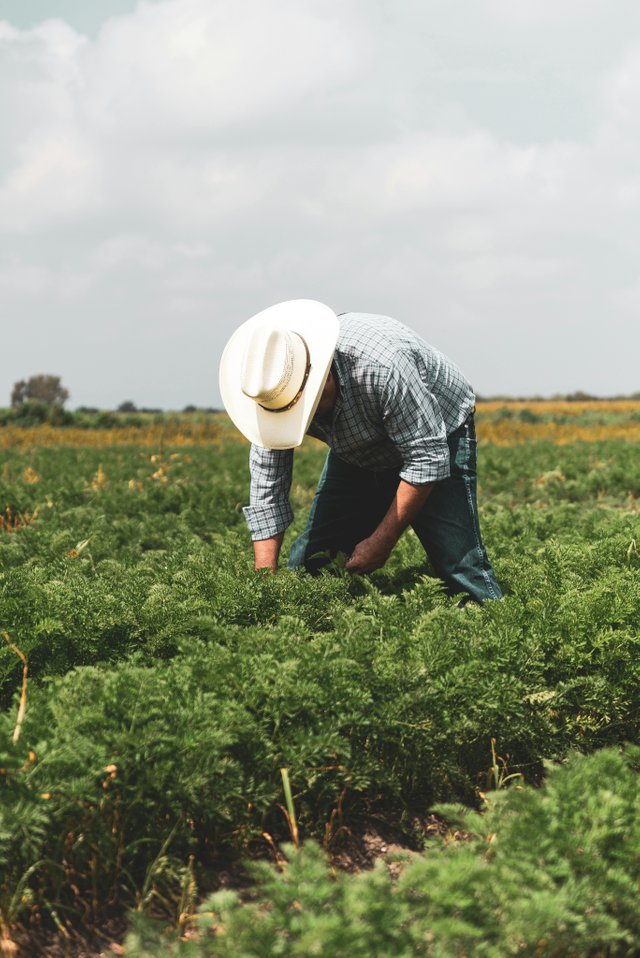
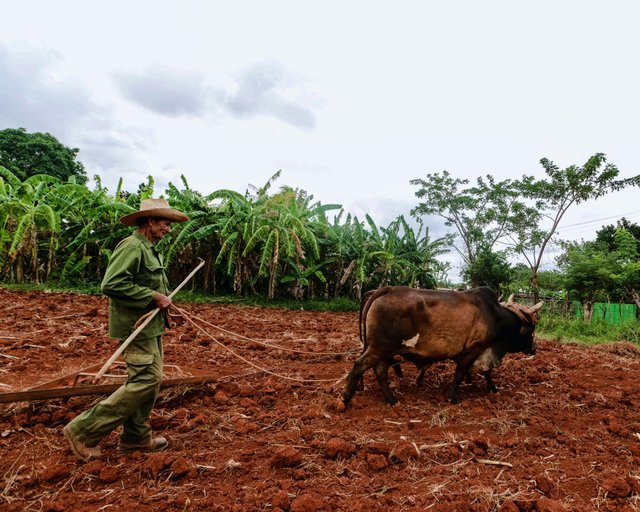
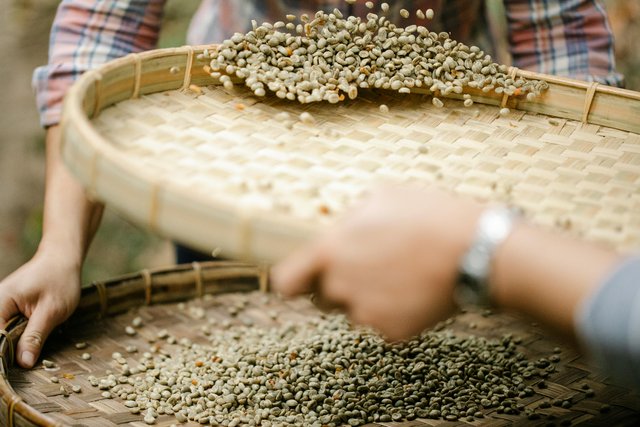
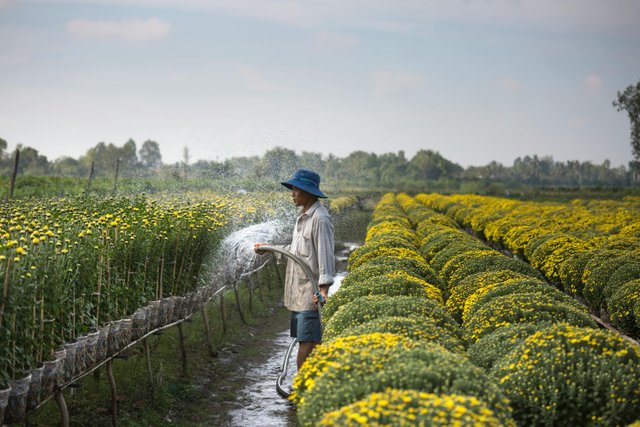
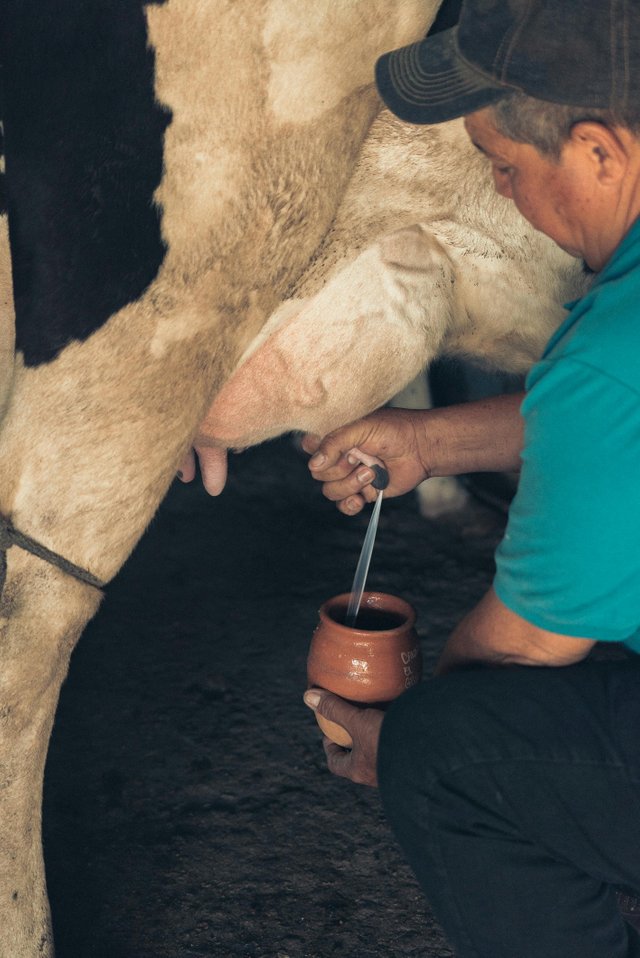
My X share
https://x.com/NaurahAndi1/status/1889405901171306674?t=Vy4N6Cr7XoXAXT0IXy4V6A&s=19
Downvoting a post can decrease pending rewards and make it less visible. Common reasons:
Submit
Welcome to Steem-Agro! Here is your assessment:
MODs Comment/Recommendation:
Remember to engage with other users by making useful comments. This will increase your chance of receiving rewards and attention.
Remember to always share your post on Twitter using these 3 main tags #steem #steemit $steem
Downvoting a post can decrease pending rewards and make it less visible. Common reasons:
Submit
Sincerely, my usage of sickle was limited to harvesting of crops such as grains... Thanks so much for widening my knowledge.
Secondly, who would ever consider weeding to be an Agricultural practice? Especially due to the stress there in... Thanks so much for reminding me
Downvoting a post can decrease pending rewards and make it less visible. Common reasons:
Submit